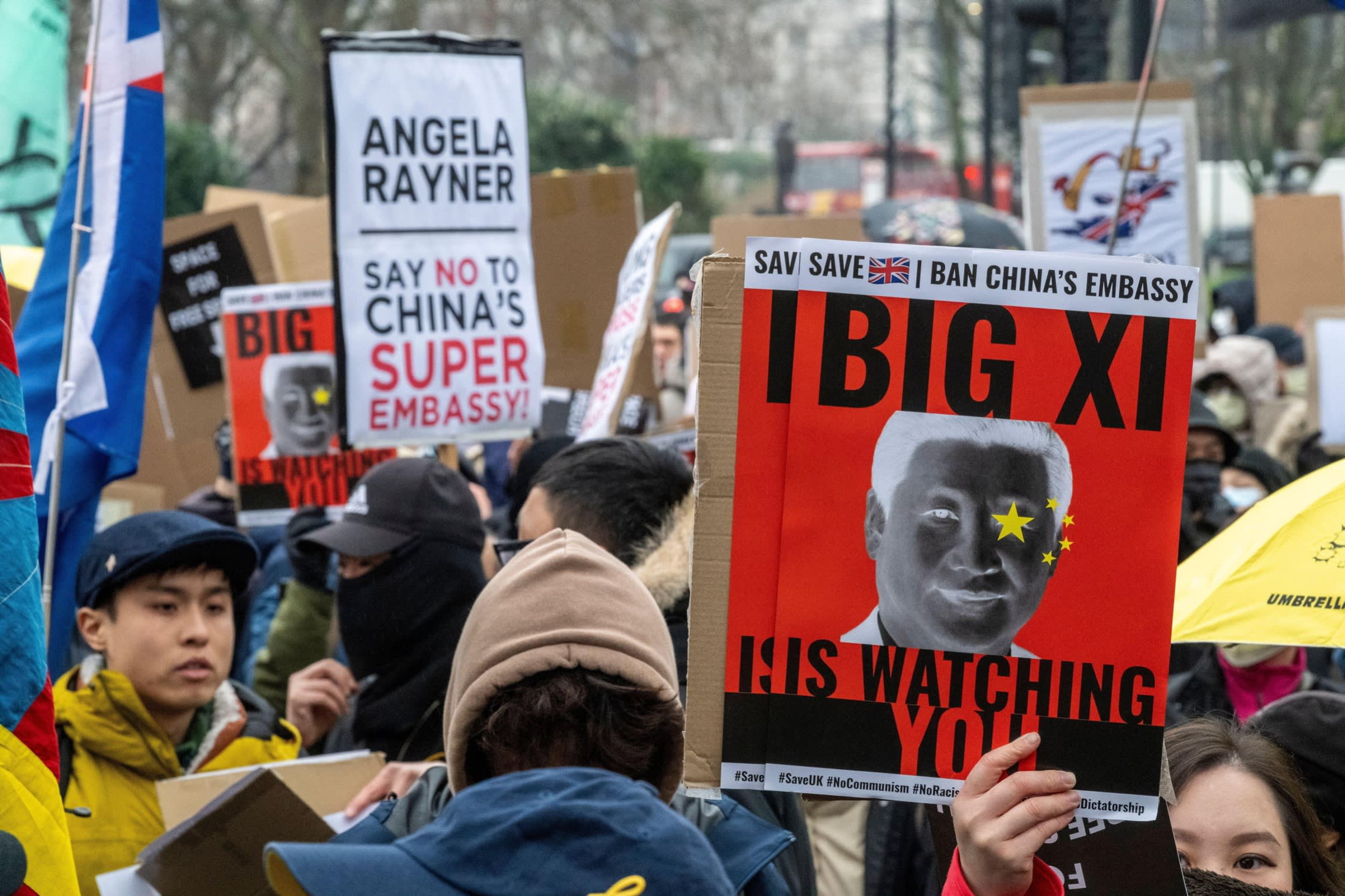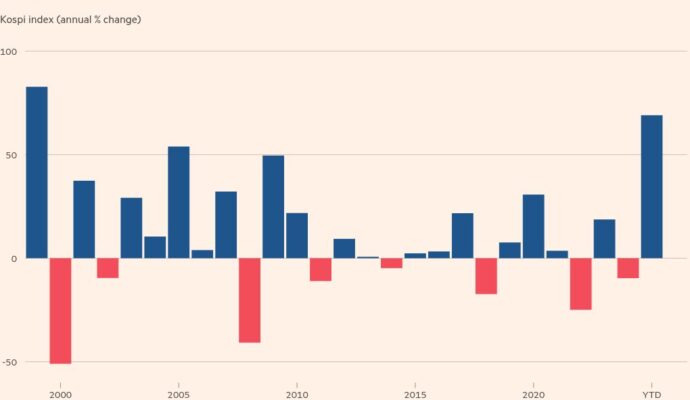Unlock the Editor’s Digest for free
Roula Khalaf, Editor of the FT, selects her favourite stories in this weekly newsletter.
China has refused to give details of its plans for a “mega” embassy in London after the UK demanded additional information about greyed-out areas contained in several of its drawings, arguing the request was not “appropriate”.
Earlier this month, deputy prime minister Angela Rayner said the Chinese embassy must provide unredacted drawings of the project or “identify precisely and comprehensively” the parts that had been withheld.
Two buildings featured in the blueprints submitted to the government, the Cultural Exchange Building and Embassy House, had been “greyed out”, according to Rayner’s housing department.
Representatives for the Chinese government wrote to Rayner on Wednesday, arguing the “applicant does not consider that, as a matter of principle, it is necessary or appropriate to provide full internal layout plans . . . in order to understand what has been permitted”.
“The level of detail provided is entirely consistent with established planning norms and sufficient for the purpose of understanding what has been permitted,” they wrote in a letter shared with the Financial Times.
The representatives also pushed back against a request for a wall to be built around a paved area in front of the building to ensure safe access.

The planned embassy — which would be the largest in Europe, located opposite the Tower of London on a 5-acre site — has caused considerable controversy, with China hawks warning it poses a significant threat to national security.
Luke de Pulford, executive director of the Inter-Parliamentary Alliance on China, a long-standing critic of plans for the embassy, described the response from China as akin to “trust me bro, it’ll be all right”.
“The Chinese side has refused to explain the redacted mega-embassy drawings,” he wrote on X, adding they had also declined “to build a wall to allow safe access to the historic ruins”.
“The application for this disastrous embassy must be refused,” he added.
The Chinese embassy said the planning application for the new embassy “has followed international practices as well as the local protocol and procedures”.
“Both China and the UK plan to build new embassies in each other’s capitals, and both sides should facilitate each other’s efforts,” it added.
The US has previously expressed “deep” concern over the site’s proximity to key telecommunication cables.
The Home Office had also requested a “hard perimeter” around the embassy site because of concerns over access to a paved area directly in front of the proposed building, according to Rayner’s letter.
The representatives for the Chinese government responded by noting it would not “claim diplomatic inviolability for the paved area outside the pavilion”, with a view to allowing British personnel access.
The UK on Friday said it would push back its decision on China’s planning application to October 21.


